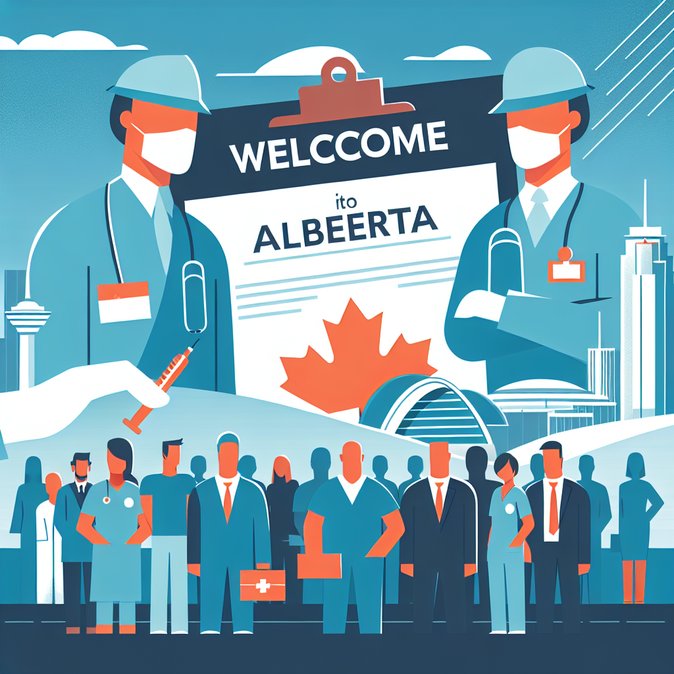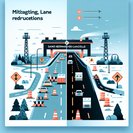
Alberta Advantage Immigration Program (AAIP) kept up its aggressive recruitment strategy with two draws held between 10 and 14 November—but publicly released on 24 November 2025—inviting a total of 1,125 candidates to seek provincial nomination. The bulk of the invitations (1,045) went through the Alberta Opportunity Stream, requiring a provincial score of just 55, while a smaller health-care-focused draw issued 80 invitations under the Express Entry Priority Sectors stream at a minimum score of 52.
The numbers make this the province’s second-largest invitation round of the year and illustrate Alberta’s twin priorities: filling persistent labour shortages and cementing its reputation as Canada’s fastest-growing economy. Alberta’s population surged by 4.1 % in 2024–25, fuelled largely by inter-provincial movers and new immigrants attracted by lower housing costs relative to Toronto and Vancouver.
![Alberta runs second-largest immigration draw of 2025, issuing 1,125 invitations]()
For mobility managers, Alberta’s low selection scores are notable. Whereas federal Express Entry draws targeting provincial nominees often demand CRS scores above 730, Alberta’s provincial system rewards in-province experience, relatives in Alberta, and occupations in demand. Health-care professionals—especially nurses, physiotherapists and medical technologists—continue to benefit from priority processing, a boon for international hospital networks and staffing agencies.
The province has also streamlined post-nomination processes: applicants can now submit supporting documents electronically, and AAIP has pledged a 4-to-6-month service standard for 90 % of files. That’s materially faster than many other PNPs, giving employers a predictable timeline for transitioning staff from temporary permits to permanent residence.
Action point: companies with operations in Calgary, Edmonton or the burgeoning industrial corridor around Red Deer should map current and future vacancies against Alberta’s ‘high-demand occupation’ list. Sponsoring eligible foreign workers through AAIP prior to work-permit expiry reduces turnover risk and supports succession planning in tight labour markets.
The numbers make this the province’s second-largest invitation round of the year and illustrate Alberta’s twin priorities: filling persistent labour shortages and cementing its reputation as Canada’s fastest-growing economy. Alberta’s population surged by 4.1 % in 2024–25, fuelled largely by inter-provincial movers and new immigrants attracted by lower housing costs relative to Toronto and Vancouver.

For mobility managers, Alberta’s low selection scores are notable. Whereas federal Express Entry draws targeting provincial nominees often demand CRS scores above 730, Alberta’s provincial system rewards in-province experience, relatives in Alberta, and occupations in demand. Health-care professionals—especially nurses, physiotherapists and medical technologists—continue to benefit from priority processing, a boon for international hospital networks and staffing agencies.
The province has also streamlined post-nomination processes: applicants can now submit supporting documents electronically, and AAIP has pledged a 4-to-6-month service standard for 90 % of files. That’s materially faster than many other PNPs, giving employers a predictable timeline for transitioning staff from temporary permits to permanent residence.
Action point: companies with operations in Calgary, Edmonton or the burgeoning industrial corridor around Red Deer should map current and future vacancies against Alberta’s ‘high-demand occupation’ list. Sponsoring eligible foreign workers through AAIP prior to work-permit expiry reduces turnover risk and supports succession planning in tight labour markets.








